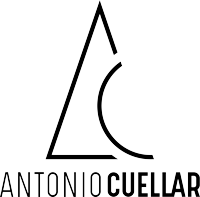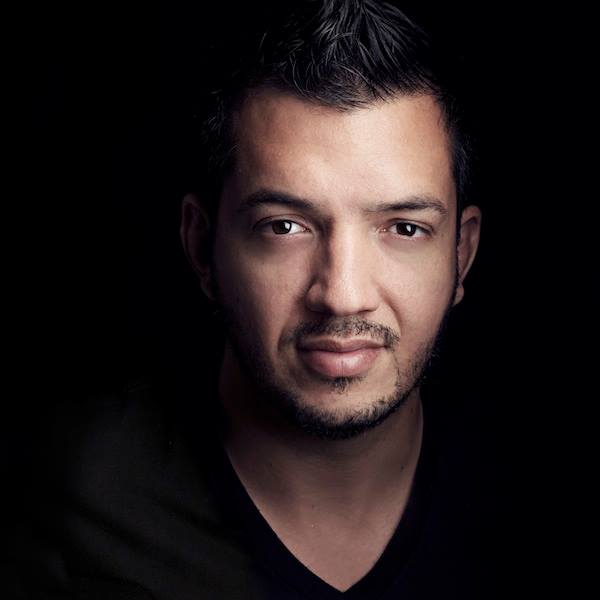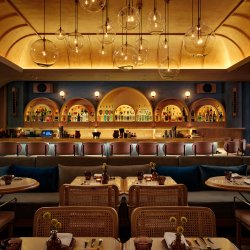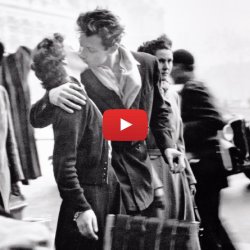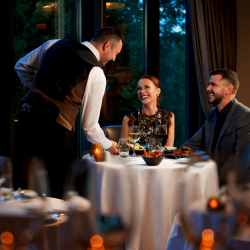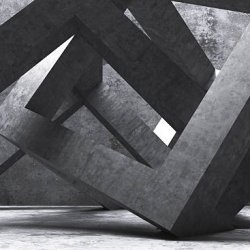The Art of Restaurant Photography: Capturing the Spirit of High-End Culinary
The Art of Restaurant Photography: Capturing the Spirit of High-End Culinary
In luxury hospitality, first impressions happen long before the first bite. The way a restaurant is photographed defines how guests perceive its cuisine, atmosphere, and brand. Exceptional restaurant photography isn’t just about dishes — it’s about telling the story behind the experience, the chef’s artistry, and the brand’s sophistication.
As a commercial photographer specializing in food and beverage photography, I’ve witnessed how thoughtful imagery can elevate a restaurant from “a place to eat” to a signature destination that guests remember long after their stay.
1. More Than Food: Capturing an Experience
High-end restaurant photography is about emotion, not just aesthetics. Every image should evoke how it feels to dine there — whether it’s the calm refinement of a Michelin-star venue or the vibrant energy of a rooftop restaurant.
By weaving context — the lighting, textures, and service — into every shot, the final imagery communicates the restaurant’s soul, not just its menu.
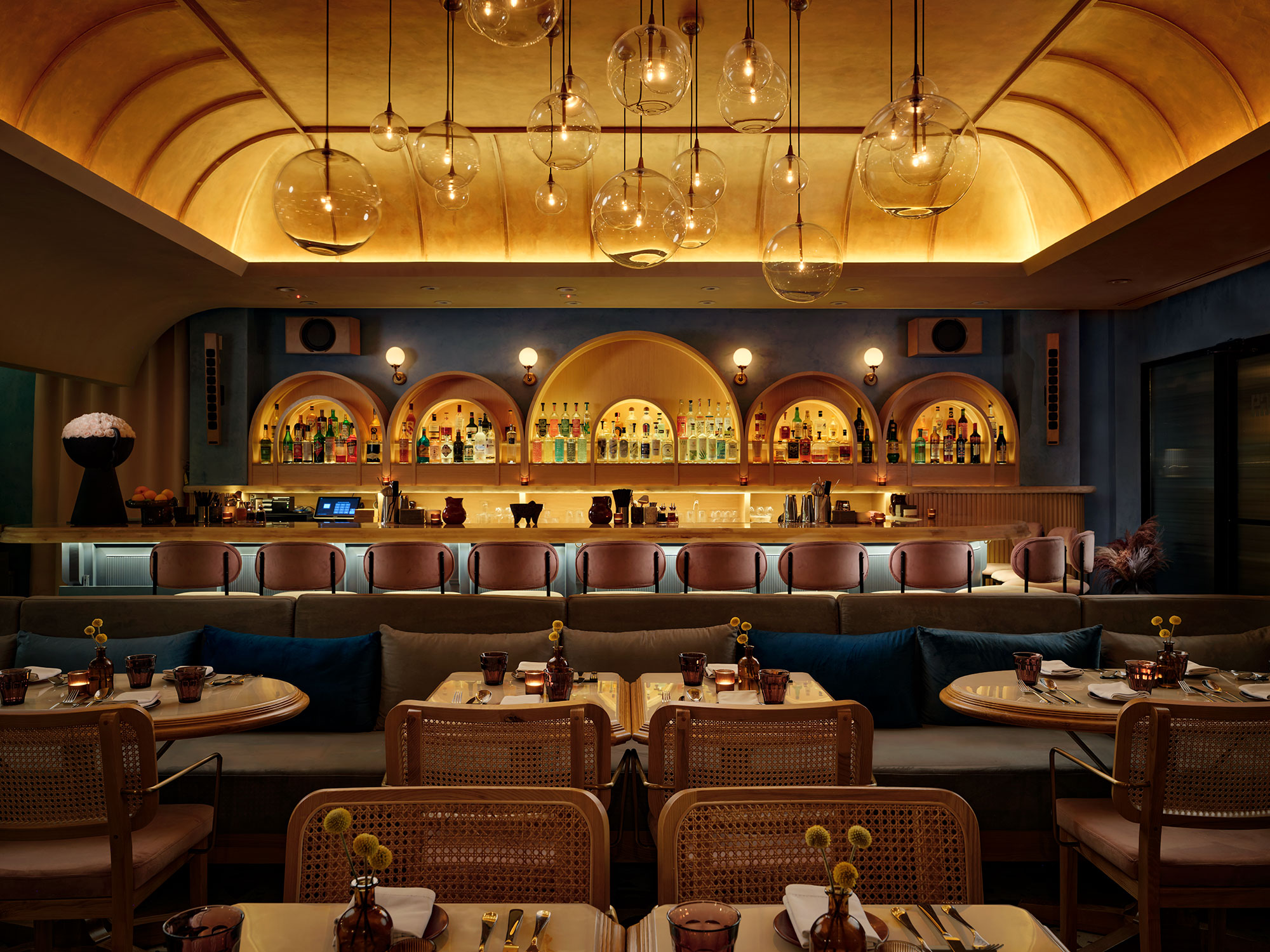
2. The Balance Between Art and Commerce
Luxury hospitality photography lives at the intersection of creativity and strategy. My clients — hotel owners, F&B directors, and marketing teams — need imagery that’s as purposeful as it is beautiful.
A restaurant photographer must understand marketing goals: hero shots for websites, detail imagery for print collateral, and social-first visuals that drive engagement.
Each photo should serve a strategic purpose within a brand’s visual ecosystem.
3. Lighting: The Secret Ingredient
Lighting is the silent storyteller in food and beverage photography. Natural light brings out depth and authenticity, highlighting textures like glass, linen, and fresh ingredients.
When photographing in low-light fine dining spaces, I use a balance of controlled artificial light and natural ambiance to maintain the restaurant’s intimate atmosphere. The aim is to illuminate without overpowering — to let the food glownaturally.
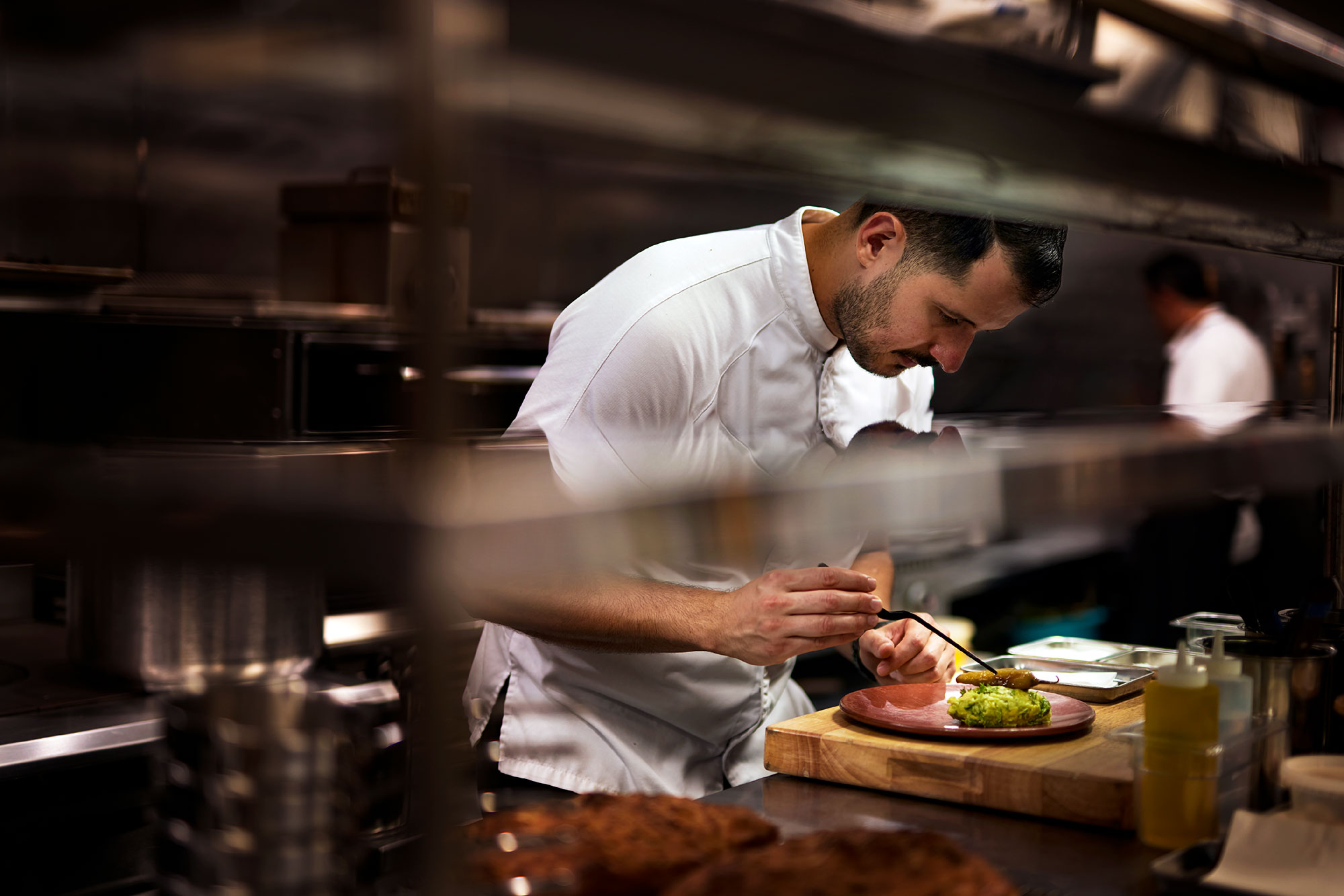
4. Architecture, Design, and Atmosphere
A restaurant’s design is part of its identity. Collaborating with architects and interior designers ensures that photography aligns with their creative intent.
I often integrate architectural perspectives into each composition — showcasing elegant materials, spatial flow, and lighting design. This not only serves the marketing team but also honors the work of the design professionals who helped define the restaurant’s visual language.
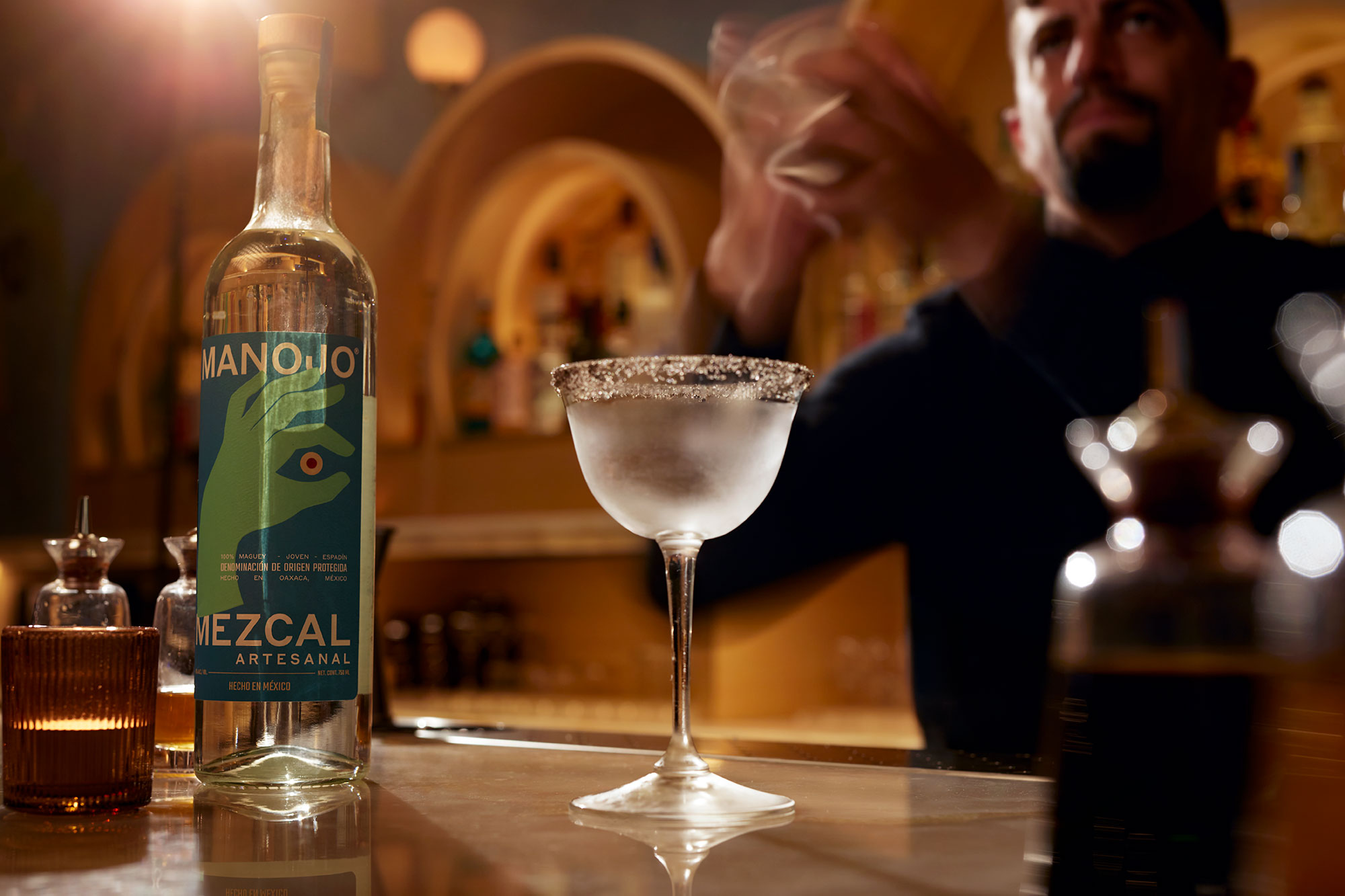
5. Storytelling Through Details
Sometimes the most powerful images are the smallest moments — steam rising from a fresh dish, the reflection of candlelight in a wine glass, or a chef adding the final touch.
These authentic gestures bring humanity into the frame. In luxury restaurant photography, these intimate moments create an emotional connection with guests and help the brand feel personal and genuine.
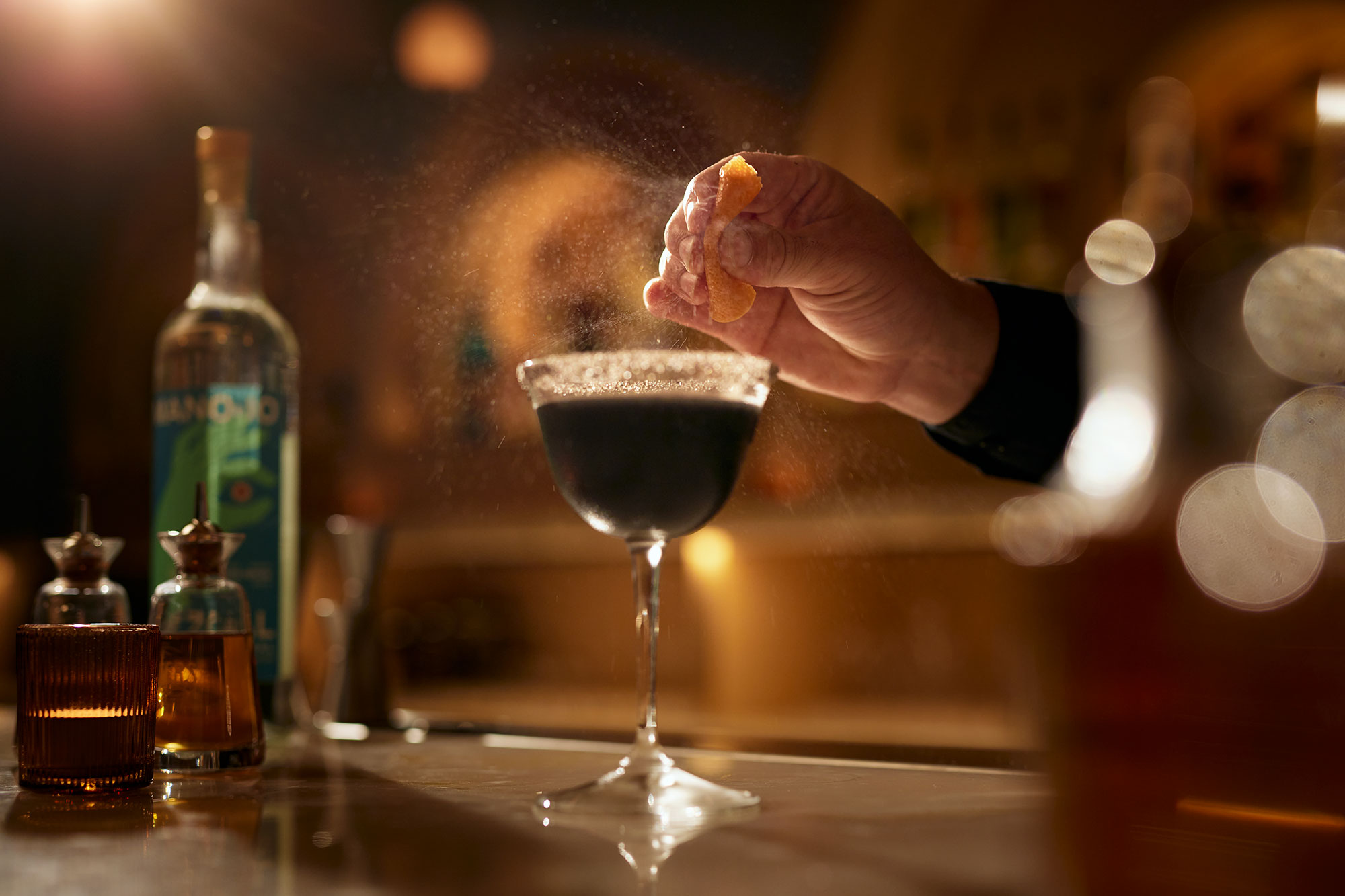
6. Collaboration with Chefs and Teams
Behind every exceptional dish is a passionate chef. Understanding their process helps translate that artistry into photography.
By collaborating closely with culinary teams, I ensure every image captures not only presentation but philosophy — whether it’s sustainability, craftsmanship, or cultural inspiration.
For hotels with multiple venues, each restaurant’s visual identity should be distinct yet cohesive within the brand narrative.
7. The Role of Photography in Hospitality Marketing
In today’s digital landscape, photography often determines whether a potential guest books a table or scrolls past.
High-quality restaurant photography communicates more than food; it communicates value, experience, and emotion.Whether it’s an intimate private dining room or a panoramic terrace, the imagery should make guests imagine themselves there.
That emotional resonance drives engagement, loyalty, and brand elevation.
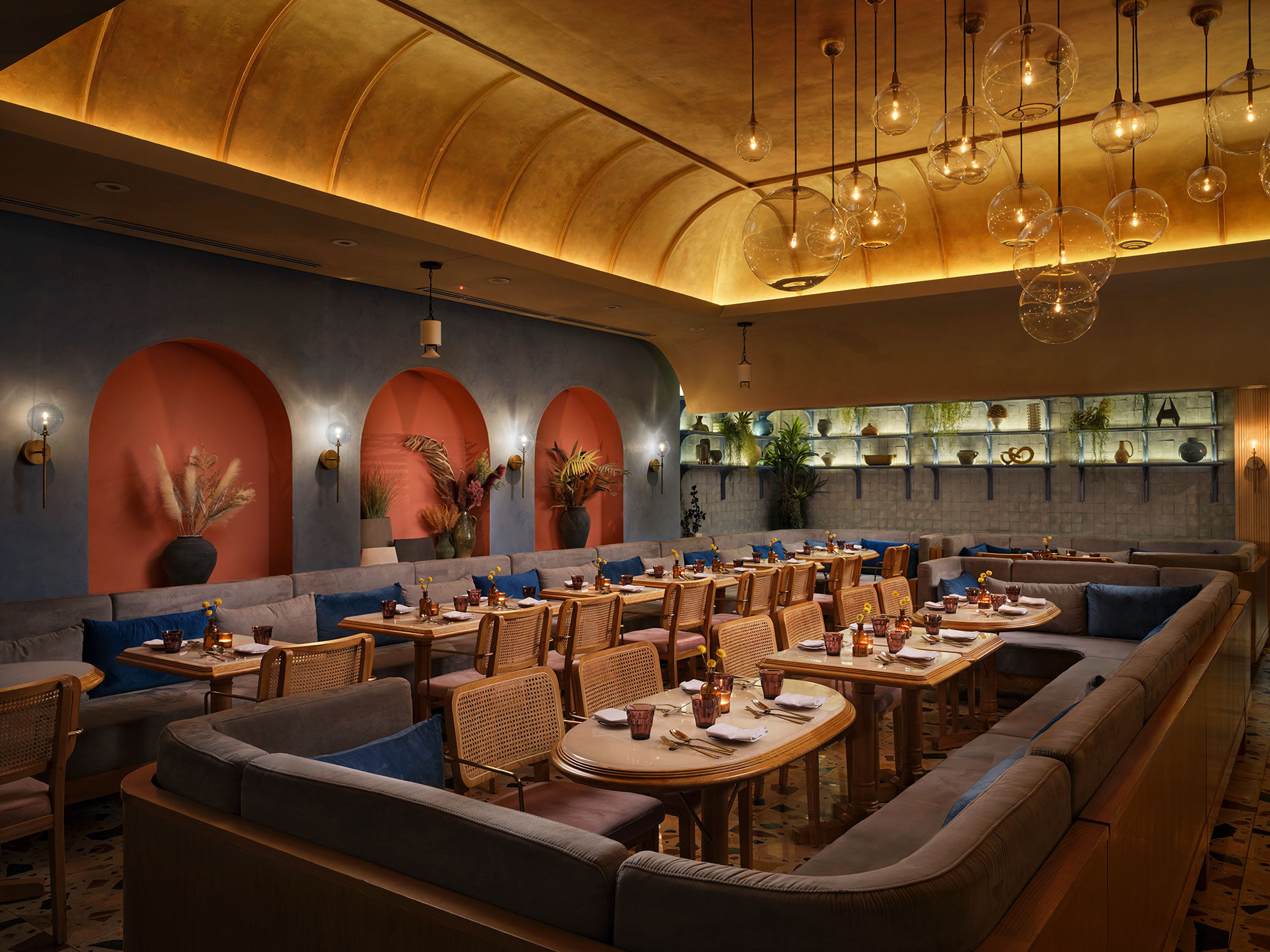
8. Conclusion: The Spirit Behind the Image
The art of restaurant and food photography lies in capturing not just what something looks like — but what it feelslike.
Luxury hospitality brands thrive on emotional storytelling, and photography is their visual language. Through thoughtful lighting, collaboration, and design awareness, restaurant photography becomes more than a marketing asset — it becomes an expression of the brand’s soul.
